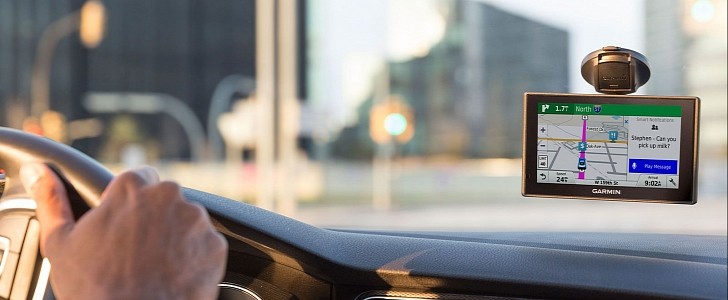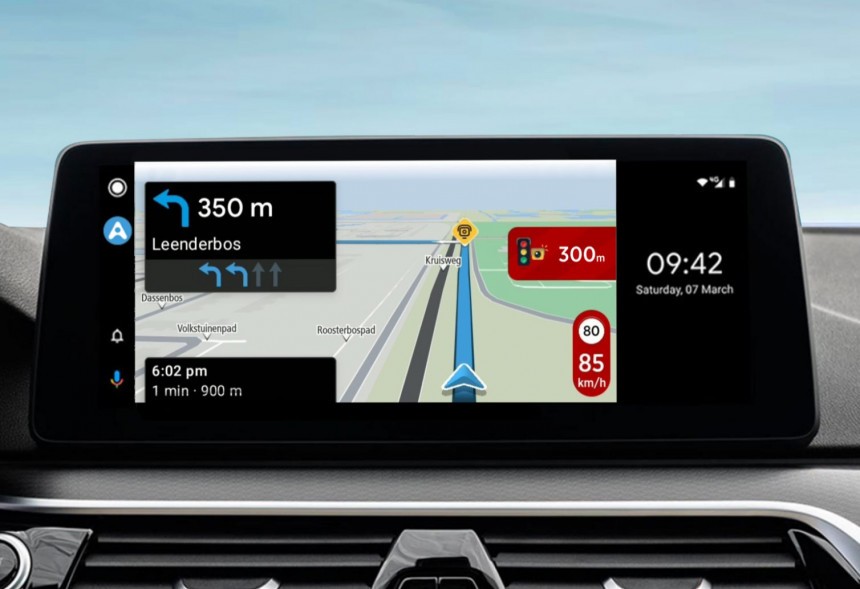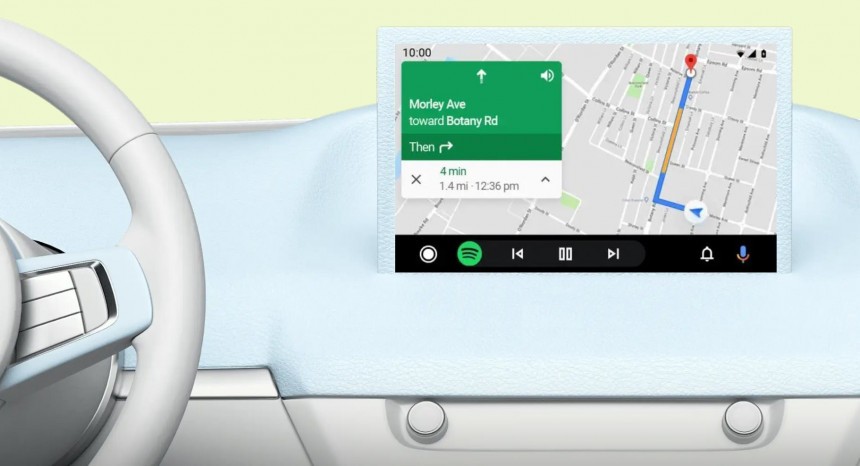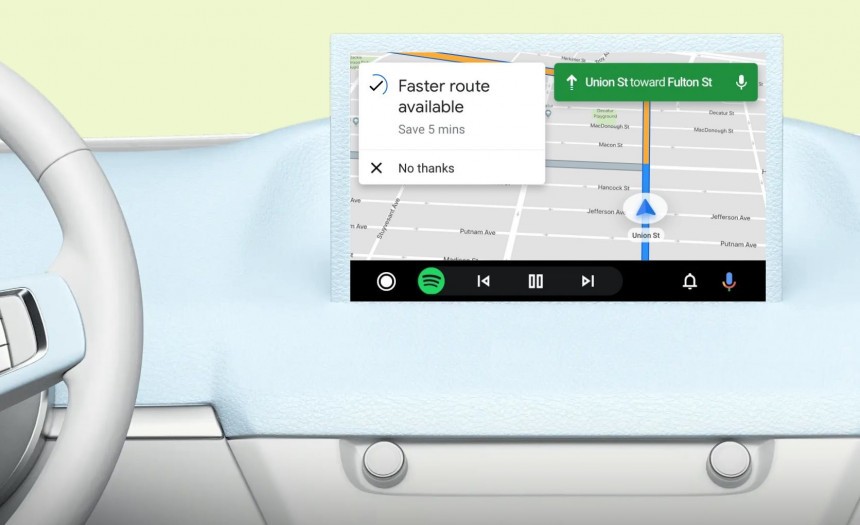Navigation apps, be they Google Maps, Waze, Apple Maps, TomTom, HERE, or Sygic software, are all supposed to help us reach a certain destination faster, safer, and more conveniently.
While many of them have been updated with all kinds of extras, such as voice command support, offline maps, and location sharing options, these navigation apps are typically based on the very same approach.
And their goal is to just get drivers to a defined destination by providing them with a route configured according to a set of requirements. In most cases, these requirements come down to the fastest way to arrive at a specific address, so what these apps must do is not only generate a route to a defined point but also make sure this is the fastest option.
Historically, navigation solutions evolved from basic software, which was installed on GPS units with no Internet access, to more advanced devices and smartphones that pull all the data they need from a remote server.
And the power of crowdsourcing, as it’s the case of Waze, for instance, is the magic ingredient that increases the accuracy substantially, thus finding a route that aligns with the expectations of the driver as much as possible.
But at the end of the day, there’s no navigation app that’s always 100 percent accurate. And if you’re using them on a regular basis, you probably know that sometimes, these apps just route you into heavy traffic, substantially increasing the ETA.
To understand why this can happen pretty much at any moment, it’s very important to look at how these navigation apps provide traffic estimates in the first place.
Just like the rest of the navigation solutions out there, mobile apps, such as Google Maps, originally relied on traffic sensors installed by government agencies across the world to collect data. In other words, they just used these official sources to generate not only routes but also an estimate of how long it would have taken to reach a destination.
Needless to say, this method came with reduced accuracy, simply because the traffic patterns were based on historical data and not on real-time information.
In 2009, Google updated its systems to also rely on crowdsourcing, therefore collecting anonymous data from other devices running Google Maps to generate similar traffic patterns. In other words, Google just used the sensors installed on mobile devices running Android to see how fast cars were moving on every section of the road, and using a complex algorithm, it was capable of generating routes.
Google’s approach substantially increased the accuracy of the ETAs, especially because the pool of data it received was much higher. Essentially, almost every Android device running Google Maps became a source of information, and the more phones on the street, the more data Google received.
The crowdsourcing approach received a major refresh in 2013 when Google purchased Waze. As you probably know already, Waze uses a similar approach, but this time, it relies on its large community as a source of information. Users are the ones to report traffic jams, accidents, speed traps, and so much more, and once again, the accuracy is significantly refined.
So basically, offline GPS maps provided the lowest accuracy, while Google’s crowdsourcing model improved it substantially by collecting data from devices out there. The accuracy eventually got another boost by also allowing users to manually contribute with their own reports.
At this point, Google Maps uses a mix of the concepts mentioned above. The navigation app relies not only on historical traffic patterns but also on live traffic conditions received from Android phones, so Google can combine everything to provide an ETA that’s as accurate as possible.
Machine learning tech helps estimate the time of arrival by trying to predict how long it’d take until you reach a destination, simply by taking a guess at how the traffic patterns will change while you drive using historical data.
So since this software has evolved so much, how come these apps still aren’t 100 percent accurate?
This way of combining historical traffic patterns with live conditions is actually a double-edged sword.
First of all, the system can only guess changing traffic conditions by estimating possible slowdowns generated by traffic jams (the number of cars on the road and their moving speed at a certain time of day), but it can’t take into account unpredictable events like accidents. Then, collecting data from Android phones should theoretically be a flawless system, but on the other hand, it’s extremely easy to break it down.
This is what Berlin artist Simon Weckert did last year when he used no less than 99 Android smartphones running Google Maps to generate a fake traffic jam. The navigation app was almost instantly updated with inaccurate information, and drivers were eventually told to avoid the street where the 99 phones were “parked,” simply because it believed the region was blocked by bumper-to-bumper traffic.
So overall, the main reason these apps aren’t always accurate is exactly the system that’s making them so accurate in the first place.
Without a doubt, the parent companies behind them will continue to further focus on this front, but as long as there’s no way to guess when unpredictable events such as accidents can occur, it’s pretty much impossible to reach 100 percent accuracy.
And their goal is to just get drivers to a defined destination by providing them with a route configured according to a set of requirements. In most cases, these requirements come down to the fastest way to arrive at a specific address, so what these apps must do is not only generate a route to a defined point but also make sure this is the fastest option.
Historically, navigation solutions evolved from basic software, which was installed on GPS units with no Internet access, to more advanced devices and smartphones that pull all the data they need from a remote server.
And the power of crowdsourcing, as it’s the case of Waze, for instance, is the magic ingredient that increases the accuracy substantially, thus finding a route that aligns with the expectations of the driver as much as possible.
To understand why this can happen pretty much at any moment, it’s very important to look at how these navigation apps provide traffic estimates in the first place.
Just like the rest of the navigation solutions out there, mobile apps, such as Google Maps, originally relied on traffic sensors installed by government agencies across the world to collect data. In other words, they just used these official sources to generate not only routes but also an estimate of how long it would have taken to reach a destination.
Needless to say, this method came with reduced accuracy, simply because the traffic patterns were based on historical data and not on real-time information.
In 2009, Google updated its systems to also rely on crowdsourcing, therefore collecting anonymous data from other devices running Google Maps to generate similar traffic patterns. In other words, Google just used the sensors installed on mobile devices running Android to see how fast cars were moving on every section of the road, and using a complex algorithm, it was capable of generating routes.
Google’s approach substantially increased the accuracy of the ETAs, especially because the pool of data it received was much higher. Essentially, almost every Android device running Google Maps became a source of information, and the more phones on the street, the more data Google received.
So basically, offline GPS maps provided the lowest accuracy, while Google’s crowdsourcing model improved it substantially by collecting data from devices out there. The accuracy eventually got another boost by also allowing users to manually contribute with their own reports.
At this point, Google Maps uses a mix of the concepts mentioned above. The navigation app relies not only on historical traffic patterns but also on live traffic conditions received from Android phones, so Google can combine everything to provide an ETA that’s as accurate as possible.
Machine learning tech helps estimate the time of arrival by trying to predict how long it’d take until you reach a destination, simply by taking a guess at how the traffic patterns will change while you drive using historical data.
This way of combining historical traffic patterns with live conditions is actually a double-edged sword.
First of all, the system can only guess changing traffic conditions by estimating possible slowdowns generated by traffic jams (the number of cars on the road and their moving speed at a certain time of day), but it can’t take into account unpredictable events like accidents. Then, collecting data from Android phones should theoretically be a flawless system, but on the other hand, it’s extremely easy to break it down.
This is what Berlin artist Simon Weckert did last year when he used no less than 99 Android smartphones running Google Maps to generate a fake traffic jam. The navigation app was almost instantly updated with inaccurate information, and drivers were eventually told to avoid the street where the 99 phones were “parked,” simply because it believed the region was blocked by bumper-to-bumper traffic.
So overall, the main reason these apps aren’t always accurate is exactly the system that’s making them so accurate in the first place.
Without a doubt, the parent companies behind them will continue to further focus on this front, but as long as there’s no way to guess when unpredictable events such as accidents can occur, it’s pretty much impossible to reach 100 percent accuracy.









